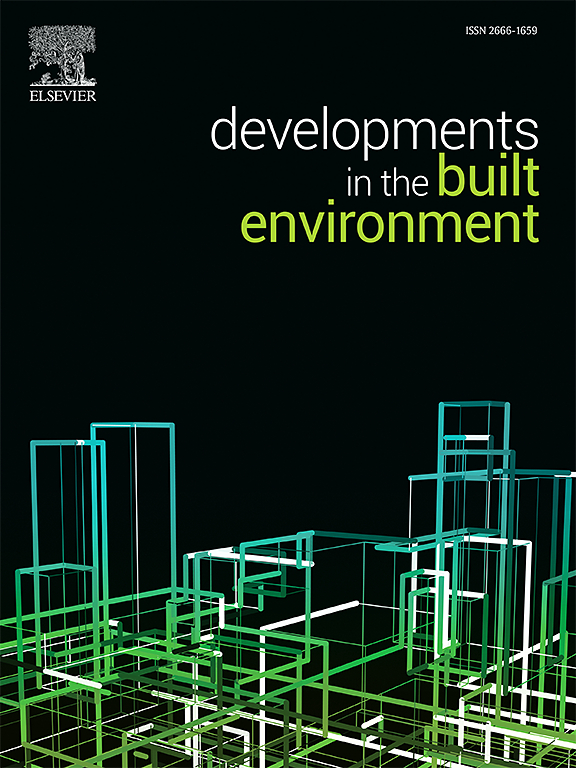RANS-based fast computational methods for indoor flows: a framework-driven performance assessment for a simple benchmark
IF 8.2
2区 工程技术
Q1 CONSTRUCTION & BUILDING TECHNOLOGY
引用次数: 0
Abstract
Reliable indoor climate prediction requires reliable tools. Complex airflow predictions often involve the use of physical or numerical models. Computational fluid dynamics (CFD) is a popular, high-fidelity method that can produce reliable predictions. Conventional CFD methods like steady Reynolds-averaged Navier-Stokes (RANS) are time-consuming. Certain methods, called fast computational methods, may be faster and easier to use. However, a framework for addressing the speed, accuracy and software trade-off of these methods is lacking. In this paper, a unified framework is used to compare conventional, two-equation RANS (RANS-2) to four, RANS-based fast computational methods: coarse-grid modelling (c-RANS-2), zero-equation modelling (RANS-0), one-equation modelling (RANS-1), and GPU-based modelling (gpu-RANS-2). This framework is applied to a simple case, as a preliminary step towards understanding how fast computational methods may be applied in practice. This research concludes that gpu-RANS-2 and c-RANS-2 offer the best trade-off for simple mixing ventilation, and makes suggestions for simulating complex flows.
基于ranss的室内流动快速计算方法:一个简单基准的框架驱动性能评估
可靠的室内气候预测需要可靠的工具。复杂的气流预测通常需要使用物理或数值模型。计算流体动力学(CFD)是一种流行的高保真方法,可以产生可靠的预测。传统的CFD方法,如稳态reynolds -average Navier-Stokes (RANS),非常耗时。某些方法,称为快速计算方法,可能更快,更容易使用。然而,缺乏解决这些方法的速度、准确性和软件权衡的框架。本文使用统一的框架将传统的双方程RANS (rans2)与四种基于ranss的快速计算方法进行比较:粗网格建模(c- rans2)、零方程建模(rans0)、单方程建模(rans1)和基于gpu的建模(gpu- rans2)。该框架应用于一个简单的案例,作为理解计算方法在实践中应用的速度的初步步骤。本研究认为gpu- rans2和c- rans2为简单混合通风提供了最佳折衷,并对模拟复杂气流提出了建议。
本文章由计算机程序翻译,如有差异,请以英文原文为准。
求助全文
约1分钟内获得全文
求助全文
来源期刊

Developments in the Built Environment
Multiple-
CiteScore
7.40
自引率
1.20%
发文量
31
审稿时长
22 days
期刊介绍:
Developments in the Built Environment (DIBE) is a recently established peer-reviewed gold open access journal, ensuring that all accepted articles are permanently and freely accessible. Focused on civil engineering and the built environment, DIBE publishes original papers and short communications. Encompassing topics such as construction materials and building sustainability, the journal adopts a holistic approach with the aim of benefiting the community.
 求助内容:
求助内容: 应助结果提醒方式:
应助结果提醒方式:


